
News • Histotripsy
Tumors partially destroyed with ultrasound don't come back
Noninvasive sound technology breaks down liver tumors in rats, kills cancer cells and spurs the immune system to prevent further spread.

Noninvasive sound technology breaks down liver tumors in rats, kills cancer cells and spurs the immune system to prevent further spread.
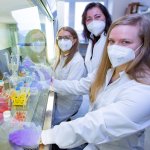
A new study offers hope against liver cancer: A vaccine proved to be safe and effective protection in premalignant and malignant liver diseases in preclinical mouse models.
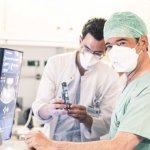
Focused ultrasound waves create microbubbles in a fluid – a phenomenon called cavitation. In a current study, this process is used to destroy liver tumors and metastases. In this Medica-tradefair.com interview, Prof. Maciej Pech talks about testing cavitation events generated during histotripsy, explains the process, and reveals its advantages.
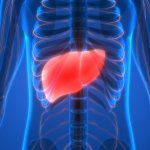
Researchers at King's College Hospital and Queen Mary University of London have shown that a new computer-based algorithm can rank drugs used to treat primary liver cancer, based on their efficacy in reducing cancer cell growth.
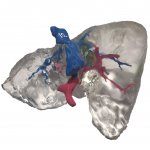
Researchers at the University of Helsinki could show for the first time that normal human fibroblast cells can be converted to specific cancer cells using only factors that are commonly detected in actual human patients. Previous studies have achieved this only by using powerful viral factors that are not common in human cancers. Since many human cancer types still lack specific diagnostic…
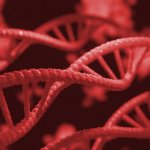
Final results from a study of a blood test that can detect more than 50 types of cancer have shown that it is accurate enough to be rolled out as a multi-cancer screening test among people at higher risk of the disease, including patients aged 50 years or older, without symptoms. In a paper published in the cancer journal Annals of Oncology, researchers report that the test accurately detected…
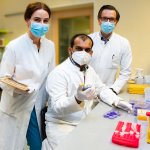
Intrahepatic cholangiocarcinoma (ICC) develops within the liver. With one to two cases per 100,000 inhabitants in Germany, ICC is one of the rare diseases overall, but it is the second most common liver cancer. The aggressive bile duct tumour remains clinically inconspicuous for a long time, so that it is often only detected late. Because the tumour also only responds to chemotherapy to a limited…

Rather than using techniques separately, researchers have determined that coupling image-based and serum-based biomarkers achieves a higher diagnostic accuracy in detecting stage two liver fibrosis, or above. The study team, from the NAFLD Research Center, University of California at San Diego (UCSD), and colleagues at Yokohama City University in Japan, used magnetic resonance elastography (MRE)…
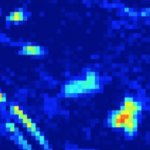
A new method to detect cancer in its early stages using a targeted MRI contrast agent that binds to proteins has been identified by a team of researchers led by Georgia State University Regents’ Professor Jenny Yang. In their study, published in the journal Science Advances, Yang and her colleagues at Georgia State and Emory University describe a newly identified biomarker for detection of…
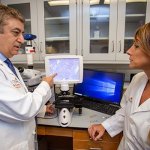
Fatty liver disease is contributing to an increase in liver cancer and basic scientists at The University of Texas Health Science at Houston (UTHealth) have new insight as to why. In the journal Cancer Research, the investigators report that in mouse models, excess fat impairs the ability of a tumor-suppressing protein named HNF4α to do its job. “This study provides potential mechanisms for…
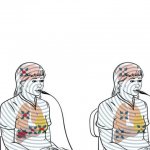
A new targeted therapy using non-thermal radio waves has been shown to block the growth of liver cancer cells anywhere in the body without damaging healthy cells, according to a study conducted by scientists at Wake Forest School of Medicine, part of Wake Forest Baptist Health.
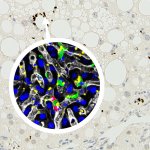
Non-alcoholic fatty liver disease is among the most common chronic hepatic disorders in Western industrial countries and the rate is also rapidly rising in newly industrialized countries. Experts estimate that about 30 to 40 percent of the population worldwide develop this liver condition. In the United States, this disease is well on the way to becoming the most frequent indication for liver…

Obesity, cancers and other gastrointestinal diseases have digestive systems all over Europe in a chokehold. In a new report, non-profit organisation United European Gastroenterology (UEG) sheds a spotlight on the issues, challenges and inequalities of digestive health - and points out ways to fix the most pressing problems.
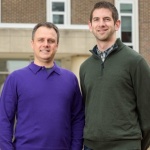
Scientists at the University of Delaware and the University of Illinois at Chicago have found a new way to kill liver cancer cells and inhibit tumor growth. First, they silence a key cellular enzyme, and then they add a powerful drug. They describe their methods in a new paper published in Nature Communications. This research could accelerate the development of new treatments for liver cancer,…
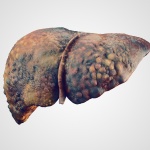
Patients with cirrhosis should be screened regularly for liver cancer, though few are – in part because busy physicians often don’t order the screening tests, said UT Southwestern oncologists. “The frequency of liver cancer is increasing rapidly in the U.S. and liver cancer-related mortality has nearly doubled over the past decade. The poor prognosis of the disease is largely driven by the…
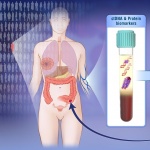
Johns Hopkins Kimmel Cancer Center researchers developed a single blood test that screens for eight common cancer types and helps identify the location of the cancer. The test, called CancerSEEK, is a unique noninvasive, multianalyte test that simultaneously evaluates levels of eight cancer proteins and the presence of cancer gene mutations from circulating DNA in the blood. The test is aimed at…

Selective internal radiotherapy (SIRT) is often only looked at from a palliative perspective. However, the procedure is now also increasingly moving into the curative field, as Prof. Dr. Jens Ricke, Chair of Radiology at the Ludwig-Maximilian University Munich and Director of the Clinic and Polyclinic for Radiology at the University Hospital of the LMU reports. “As a locoregionally used…
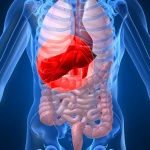
From its earliest beginnings in 2006 to its most recent update this year, the Liver Imaging Reporting and Data System (LI-RADS) is helping radiologists deliver clearer and more consistent imaging reports to hepatologists and surgeons worldwide. "LI-RADS is the leading system for interpretation and reporting of liver imaging exams in adults with cirrhosis. It is also the first radiology…
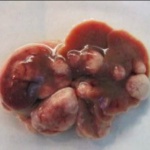
Primary liver cancer is now the second leading cause of cancer-related death worldwide, and its incidences and mortality are increasing rapidly in the United Stated. In late stages of the malignancy, there are no effective treatments or drugs. However, an unexpected finding made by a team of University of California San Diego School of Medicine researchers sheds light on the development of a new…